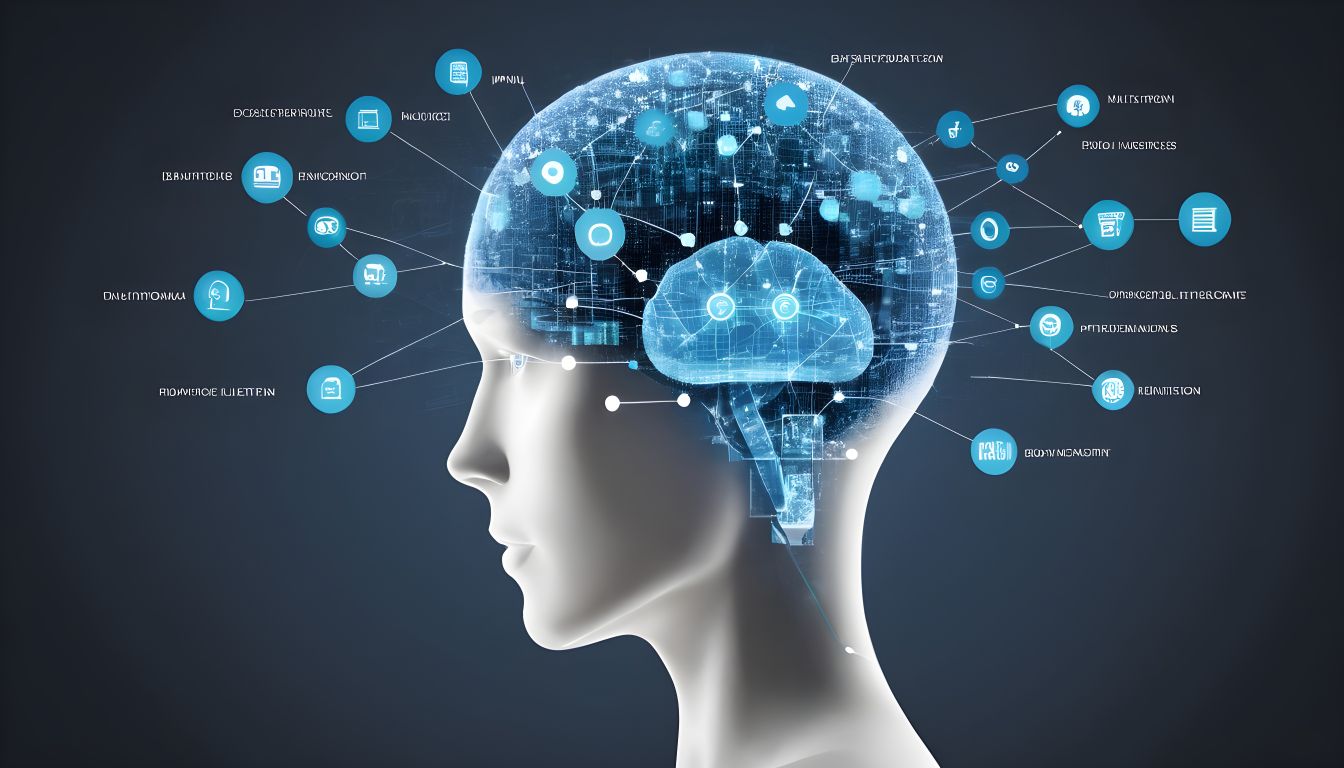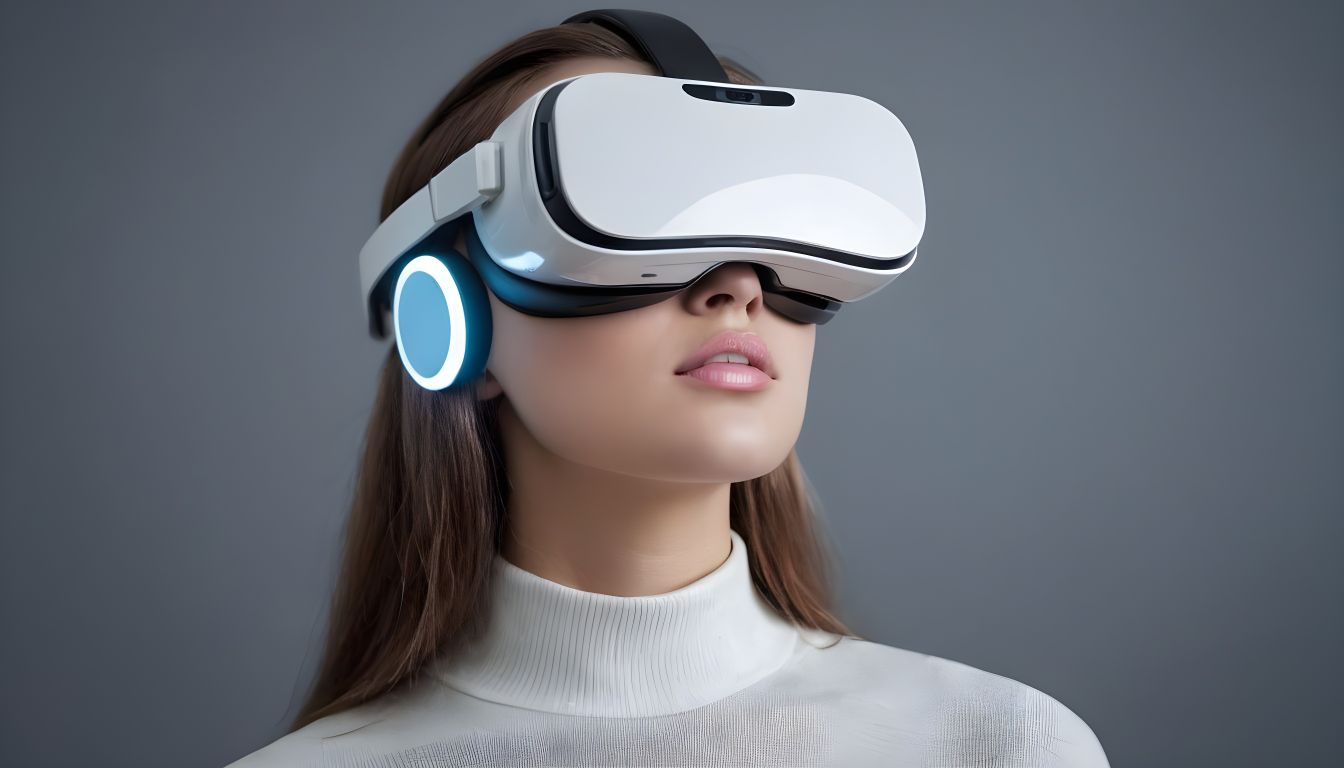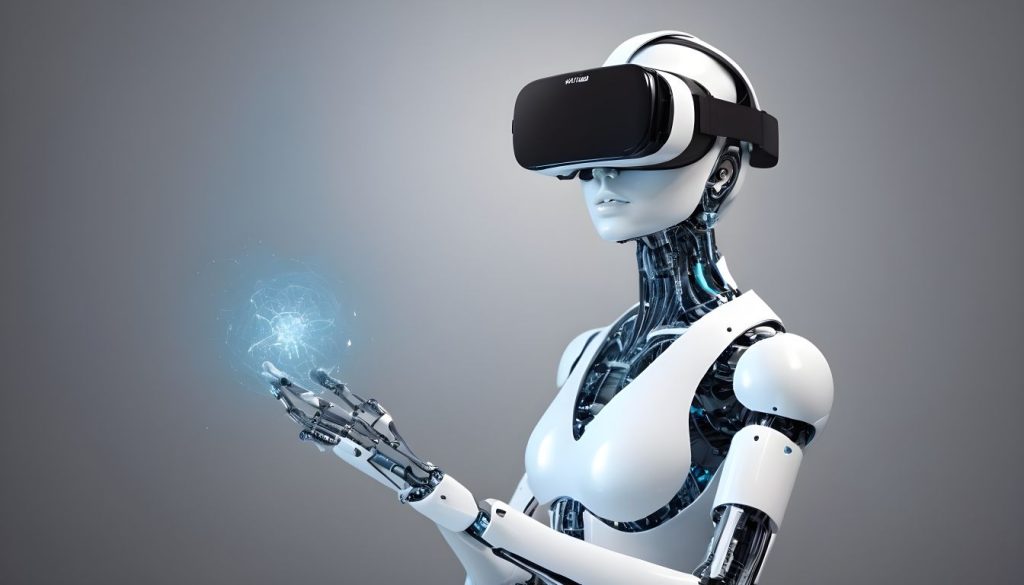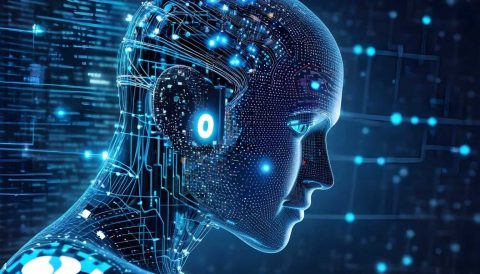In the rapidly evolving landscape of modern technology, understanding the difference between artificial intelligence and virtual reality is paramount. While both are groundbreaking innovations, they serve distinct purposes. Artificial Intelligence (AI) replicates human intelligence in machines, enabling tasks like learning and decision-making. Conversely, Virtual Reality (VR) immerses users in simulated environments, offering interactive experiences. Delving into the nuances of AI and VR unveils their unique contributions and potential synergies in reshaping industries and experiences.
Understanding the Basics AI

Artificial Intelligence refers to the simulation of human intelligence processes by machines, particularly computer systems. These processes include learning, reasoning, and self-correction. AI is capable of performing tasks that typically require human intelligence, such as visual perception, speech recognition, decision-making, and language translation.
AI has diverse applications in a wide range of fields, including healthcare, finance, transportation, and entertainment. For instance, in healthcare, AI-powered systems can analyze medical data to assist in diagnosis and treatment planning. In finance, AI algorithms are used for fraud detection and algorithmic trading.
Understanding the Basics VR

Virtual Reality, on the other hand, immerses users in a simulated environment generated by a computer. Through VR headsets or glasses, users can experience and interact with a 3D environment as if they were physically present within it. VR technology creates a sense of presence, enabling users to explore and manipulate virtual objects in real-time.
VR has diverse applications across industries, including gaming, education, architecture, and healthcare. In gaming, VR offers immersive gameplay experiences that transport players to virtual worlds. In education, VR simulations provide hands-on learning opportunities in subjects like science, history, and geography.
Exploring Differences AI vs VR
While both AI and VR are transformative technologies, they operate on fundamentally different principles. AI focuses on replicating human intelligence and decision-making processes, whereas VR is concerned with creating immersive simulated environments.
In terms of functionality, AI systems analyze data, learn from patterns, and make predictions or recommendations based on the information provided. In contrast, VR technology creates synthetic environments that users can explore and interact with, but it does not inherently possess intelligence or decision-making capabilities.
Exploring Similarities AI vs VR
Despite their differences, AI and VR share some commonalities, particularly in their ability to deliver immersive experiences. Both technologies aim to engage users in virtual environments, albeit through different means. Whether it’s through intelligent interactions powered by AI or immersive simulations created by VR, the goal is to transport users to alternative realities.
Moreover, AI and VR have significant implications for various industries, including gaming, healthcare, education, and manufacturing. These technologies have the potential to revolutionize how we work, learn, communicate, and entertain ourselves.
Visit site from here Mr Right
Difference between artificial intelligence and virtual reality:
The difference between artificial intelligence and virtual reality lies in their core functions: AI simulates human intelligence in machines, enabling tasks like learning and decision-making, while VR immerses users in simulated environments for interactive experiences. Understanding this disparity is crucial in discerning their distinct contributions to technology and society.
Why AI and VR are the Perfect XR Pair?
The synergy between AI and VR holds immense potential for enhancing user experiences and unlocking new possibilities. By integrating AI capabilities into VR environments, developers can create more dynamic and responsive experiences. For example, AI-powered virtual assistants can enhance immersion by providing personalized guidance and interactions within VR simulations.
Additionally, AI algorithms can analyze user behavior and preferences in VR environments to tailor experiences in real-time. This level of personalization can lead to more engaging and meaningful interactions, whether it’s in gaming, training simulations, or virtual collaboration spaces.
Virtual Reality vs Augmented Reality vs. Artificial Intelligence
While AI and VR are often compared, it’s essential to differentiate between various extended reality (XR) technologies, including Virtual Reality, Augmented Reality (AR), and Artificial Intelligence:
- Virtual Reality (VR): Completely immerses users in a virtual environment, isolating them from the physical world.
- Augmented Reality (AR): Overlays digital content onto the real world, enhancing the user’s perception of reality.
- Artificial Intelligence (AI): Empowers machines to perform tasks that traditionally require human intelligence, such as learning, reasoning, and problem-solving.
- Each of these technologies offers unique advantages and applications, depending on the desired user experience and use case.
Benefits of Augmented Reality
Augmented Reality enriches the real world by overlaying digital information and visuals onto the user’s physical environment. Some key benefits of AR include:
- Enhancing real-world interactions and experiences.
- Facilitating hands-free access to information and instructions.
- Improving spatial awareness and decision-making in various industries, including manufacturing, retail, and navigation.
Benefits of Virtual Reality (VR)
Virtual Reality transports users to immersive digital environments, offering unique experiences and opportunities for exploration. Some benefits of VR include:
- Providing immersive training and simulation experiences in fields like healthcare, aviation, and military training.
- Creating engaging and interactive gaming experiences that blur the line between reality and fantasy.
- Facilitating virtual travel and exploration of distant or inaccessible locations.
Benefits of Artificial Intelligence (AI)
Artificial Intelligence empowers machines to perform tasks with human-like intelligence, revolutionizing industries and enhancing efficiency. Some benefits of AI include:
- Automating repetitive tasks and processes, freeing up human resources for more strategic activities.
- Analyzing vast amounts of data to derive insights and make data-driven decisions.
- Enhancing personalization and customization in various applications, from recommendation systems to virtual assistants.
Some examples of how Virtual Reality (VR) and Artificial Intelligence (AI) can be used together:
- Training Simulations: AI-powered virtual trainers can provide personalized guidance and feedback within VR environments, enhancing the effectiveness of training programs.
- Healthcare: AI algorithms can analyze medical data to personalize VR-based therapy sessions for patients with conditions like anxiety or PTSD.
- Gaming: AI-driven NPCs (non-player characters) can adapt their behavior based on user interactions in VR games, creating more immersive and dynamic gameplay experiences.
- Education: AI tutors can adapt learning materials and provide real-time feedback to students in VR-based educational simulations, improving learning outcomes.
- Virtual Assistants: AI-powered virtual assistants, like chatbots or voice-controlled interfaces, can enhance user interactions within VR environments, providing information, guidance, and assistance as needed.
FAQ:
1- What is the difference between AI and VR in two points?
- AI focuses on simulating human intelligence in machines, enabling tasks like learning and decision-making, while VR immerses users in simulated environments for interactive experiences.
- AI involves algorithms that analyze data and make predictions, while VR creates immersive digital environments for users to explore and interact with.
2- Is virtual intelligence the same as artificial intelligence?
- No, virtual intelligence is not the same as artificial intelligence.
- Virtual intelligence typically refers to the intelligence exhibited by virtual characters or assistants within digital environments, while artificial intelligence is the broader field of simulating human intelligence in machines.
3- difference between vr and ai class 8?
- AI (Artificial Intelligence) focuses on replicating human intelligence in machines, enabling tasks like learning, reasoning, and decision-making.
- AR (Augmented Reality) overlays digital content onto the real world, enhancing the user’s perception of reality, whereas AI operates independently of physical environments.






